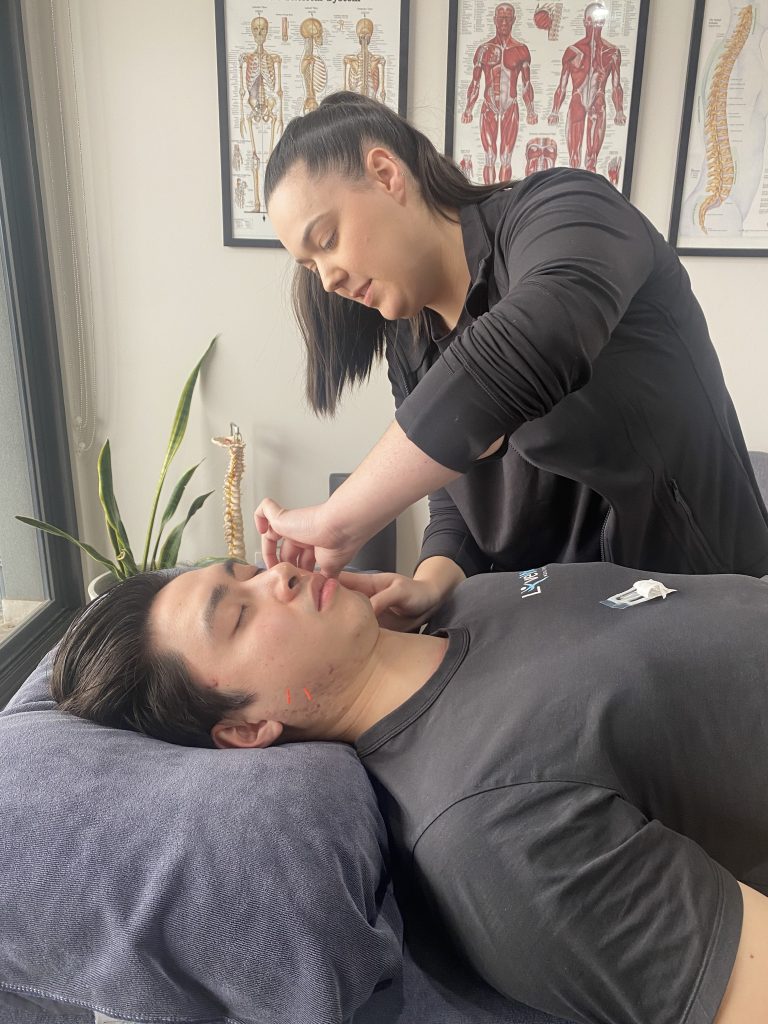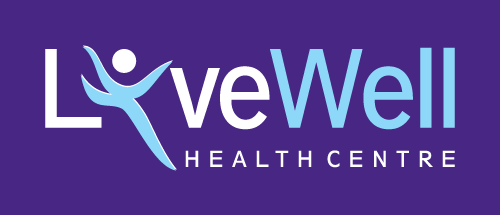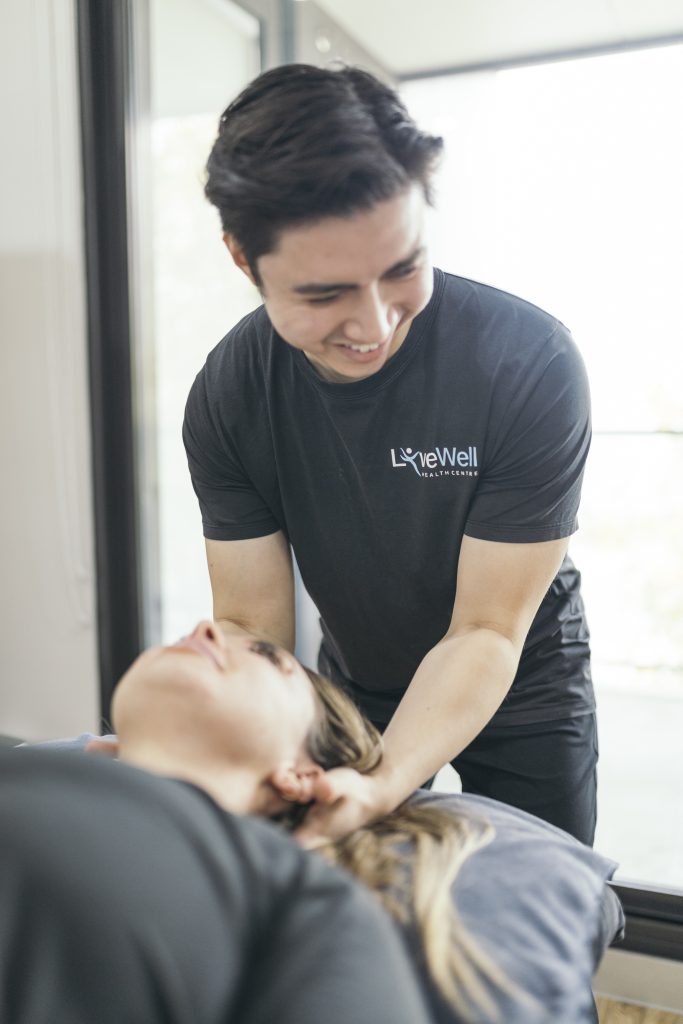Have you ever experienced a headache? If so, you comprehend the sheer debilitation it can bring.
Recent research by ‘Headache and Migraine Australia’ unveiled that within the past year, 4.9 million Australians endured headaches or migraines. Astonishingly, 60% of these sufferers underwent reduced social interactions and noted a decline in work efficiency (1).
The ‘World Health Organisation’ classifies headaches as nervous system conditions, with head pain merely one of several symptoms (2). Headaches fall into two categories: Primary; arising without an underlying medical condition, often triggered by lifestyle factors, sleep issues, or diet (2,3). Secondary; stemming from medical causes like sinus congestion, eye strain, and dental problems (2,3).
Managing a secondary headache involves treating underlying medical causes. However, Osteopathy predominantly addresses primary headaches. Research identifies the upper cervical spine’s role in headaches and migraines (4). Migraine and Tension Type Headache are the prevalent primary headaches seen in Osteopathy.
While stress might play a role, musculoskeletal neck conditions such as poor posture, prolonged desk work, or challenging sleep patterns are more commonly associated with these headaches.

Let’s delve into the world of migraines:
These neurological disorders induce moderate to severe head pain, often characterised as a pulsating sensation on one side of the head. In addition to head pain, migraines can bring about various symptoms like nausea, vomiting, dizziness, visual alterations, and even numbness and tingling in the face (2,3).
Interestingly, migraines tend to debut during puberty and persist throughout life. Women are more susceptible to these headaches, with hormonal shifts during menstruation, menopause, and pregnancy believed to play a role (2).
Migraine attacks can strike unpredictably, ranging from multiple occurrences weekly to just once a year. Surprisingly, the precise triggers behind these attacks remain elusive.
Transitioning to tension type headaches:
A substantial 70% of the population grapples with this, which are often characterised as a dull ache accompanied by a sensation of tightness around the head (2,3). Typically, the pain associated with tension type headaches falls within the mild to moderate range.
They generally occur in episodes, lasting anywhere from a few hours to several days (2,3). For some, chronic tension headaches persist for up to 15 days each month (2).
While stress may contribute to their occurrence, tension type headaches are more commonly associated with musculoskeletal conditions in the neck. Factors like poor posture, extended desk hours, and even challenging sleep patterns can amplify their presence.
Unlocking the Benefits of Osteopathy:
Wondering how Osteopathy can be your solution? Osteopaths possess the expertise to diagnose and address various headache types. They’re also adept at recognising any worrisome symptoms that might warrant consultation with your GP or neurologist.
Using a multifaceted approach, Osteopathy leverages a range of techniques for targeted relief. These include soft tissue massage, joint mobilisation, manipulation, strategic dry needling, and targeted strength-based exercises. This holistic approach is designed to help curtail the occurrence of both headaches and migraines, providing you with longer lasting relief.
Ready to experience the impact of Osteopathy? Our team at LWHC is here to guide you toward a life with fewer headaches and enhanced well-being.
References
(1) Why Does My Shoulder Hurt? [Internet]. Healthline. 2020 [cited 28 August 2020]. Available from: https://www.healthline.com/health/chronic-pain/shoulder-pain
(2) HILL C, GILL T, SHANAHAN E, TAYLOR A. Prevalence and correlates of shoulder pain and stiffness in a population-based study: the North West Adelaide Health Study. International Journal of Rheumatic Diseases. 2010;13(3):215-222.
(3) Ackerman I, Page R, Fotis K, Schoch P, Broughton N, Brennan-Olsen S et al. Exploring the personal burden of shoulder pain among younger people in Australia: protocol for a multicentre cohort study. BMJ Open. 2018;8(7).
(4) Shoulder Pain and Common Shoulder Problems – OrthoInfo – AAOS [Internet]. Orthoinfo.aaos.org. 2020 [cited 28 August 2020]. Available from: https://orthoinfo.aaos.org/en/diseases–conditions/shoulder-pain-and-common-shoulder-problems/
(5) 1. Wilson C. [Internet]. 2015 [cited 28 August 2020]. Available from: https://www.shoulder-pain-explained.com/shoulder-pain-causes.html
(6) Frost A, Michael Robinson C. The painful shoulder. Surgery (Oxford). 2006;24(11):363-367.
(7) Shoulder Instability [Internet]. 2020 [cited 28 August 2020]. Available from: https://www.hopkinsmedicine.org/health/conditions-and-diseases/shoulder-instability
(8) Shoulder Arthritis [Internet]. 2020 [cited 28 August 2020]. Available from: https://www.hopkinsmedicine.org/health/conditions-and-diseases/shoulder-arthritis
(9) Nordqvist A, Petersson C. Incidence and causes of shoulder girdle injuries in an urban population. Journal of Shoulder and Elbow Surgery. 1995;4(2):107-112.
(10) Brian Subach M. Could That Shoulder Pain Really Stem From the Neck? [Internet]. Spine-health. 2020 [cited 28 August 2020]. Available from: https://www.spine-health.com/conditions/neck-pain/could-shoulder-pain-really-stem-neck

Dr Samantha Volarich
Osteopath
Watson Headache and Migraine Institute

